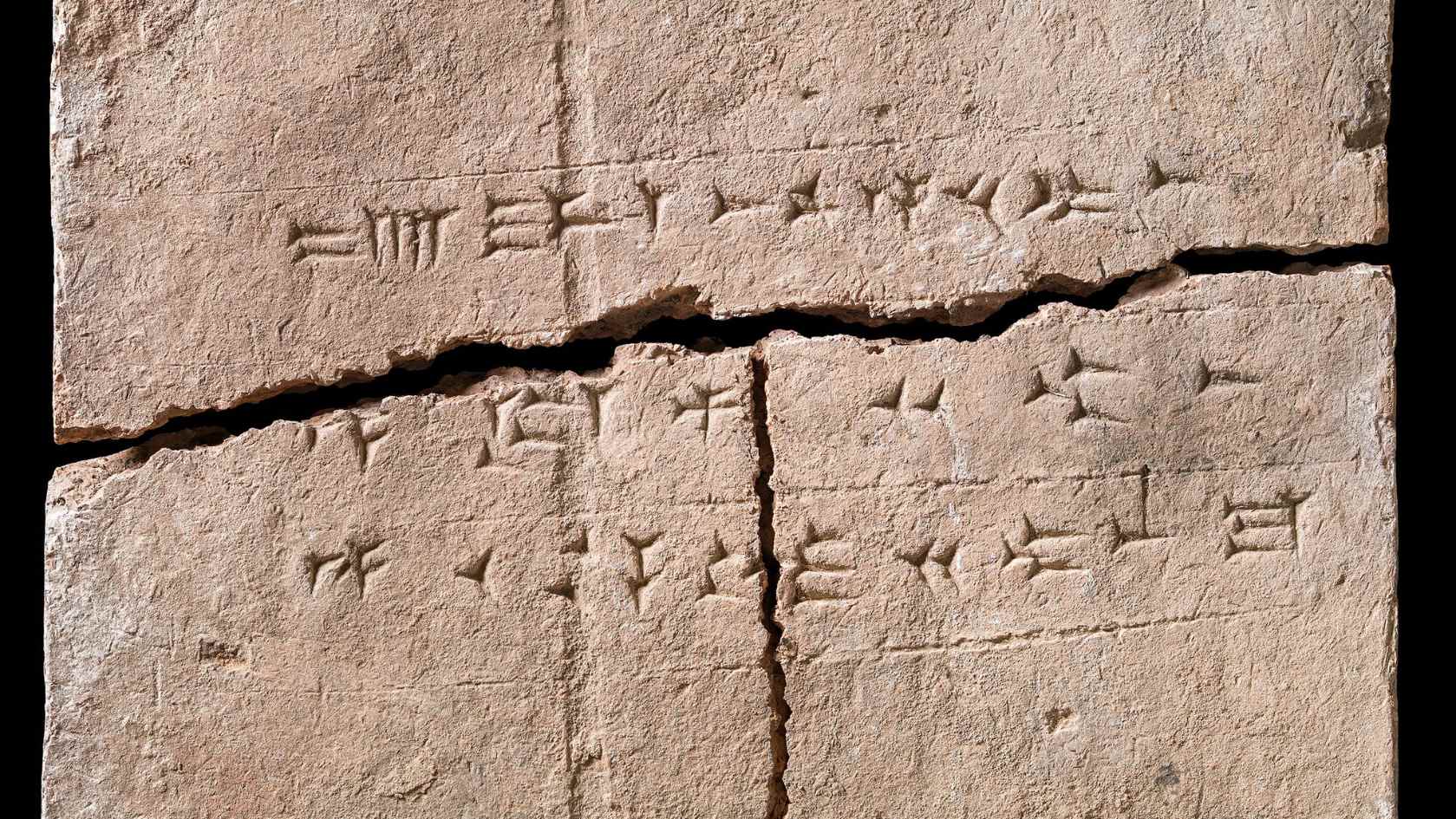
Researchers have extracted plant DNA from an ancient clay brick that was once a part of the palace of the Assyrian King Ashurnasirpal II.
Following the sequencing of the isolated DNA, specialists have successfully categorized thirty-four plant groups, among them birch and cabbage.
Researchers are optimistic that similar techniques could be used to extract insect and animal DNA from clay and other materials. Since clay is a material that is frequently discovered at archaeological sites, the ability to extract genetic material from this material, in particular, could significantly advance our understanding of the past.
Researchers examine DNA extracted from ancient Assyrian palace brick
An engraved inscription indicates that the brick originated from the ancient city of Kalhu in present-day northern Iraq. This brick was once part of the palace of Ashurnasirpal II, an Assyrian king of the 9th century BC. With a clear understanding of the palace’s construction timeline, archaeologists can precisely date the brick’s creation to a specific decade, between 879 and 869 BC.
Currently located in the National Museum of Denmark, there were suspicions among scientists that the brick might contain preserved DNA from its production era. This brick likely consisted primarily of mud sourced from the nearby Tigris River, mixed with chaff, straw, animal dung, or other available waste materials. The mixture would have been shaped, inscribed, and allowed to air-dry. Unlike bricks fired at high temperatures, this natural drying process would have better preserved any enclosed DNA, as suggested by the research team.
To investigate this, researchers drilled samples from the inner core of the brick, taking advantage of a newly exposed surface resulting from a split in the brick during handling in 2020. This approach ensured the samples remained uncontaminated by modern materials. The team then applied a DNA extraction technique commonly used on materials like bones, subsequently sequencing the genetic material extracted.
The investigative work unveiled the DNA of thirty-four distinct plant groups within the samples. The prevalent varieties were cabbage and heather, while others included birch, laurels, umbellifers, and cultivated grasses.
Prospects for future research
The researchers suggest that this method of DNA extraction has the potential for broader application to various clay-based construction materials and ceramic artifacts from virtually any archaeological site worldwide.
Although this particular study exclusively identified viable plant DNA, the approach could be extended to encompass animals, invertebrates, and essentially any form of life. This capability would contribute to forming a comprehensive understanding of the range of life forms present in the vicinity.
“Because of the inscription on the brick, we can allocate the clay to a relatively specific period of time in a particular region, which means the brick serves as a biodiversity time-capsule of information regarding a single site and its surroundings,” commented Dr. Troels Arbøll, the co-first author of the study. “In this case, it provides researchers with a unique access to the ancient Assyrians.”
See all the latest news from Greece and the world at Greekreporter.com. Contact our newsroom to report an update or send your story, photos and videos. Follow GR on Google News and subscribe here to our daily email!



